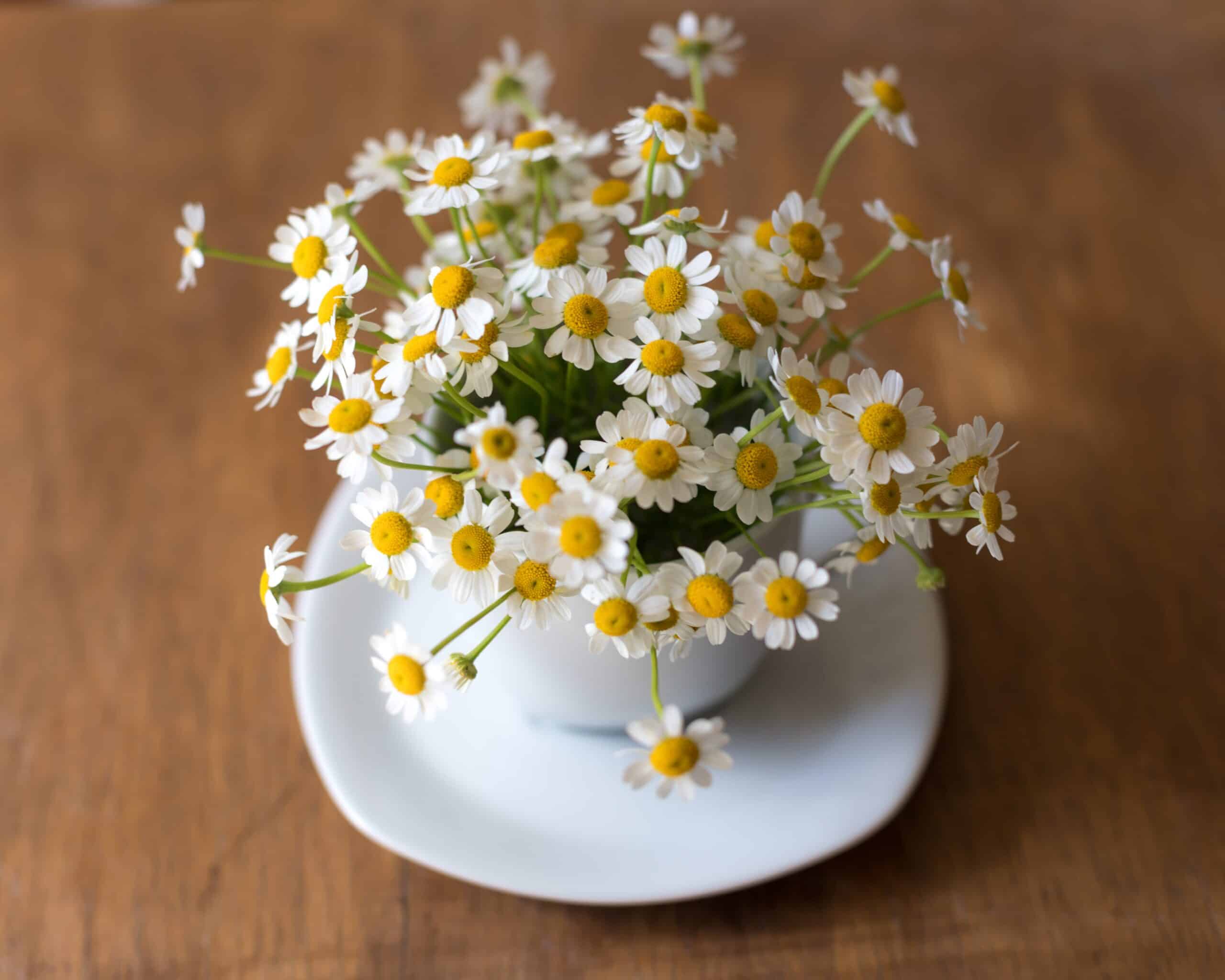The Creeping Mazus, Mazus reptans, is a semi-evergreen perennial, native to the Himalayas which produces beautiful blue to purple, rocket-shaped blooms from late spring to early summer. The flowers grow in clusters, with white and yellow markings around the center, and they make excellent groundcover, in rock gardens, or as underplantings for shrubs. It requires full to part shade to thrive.
The Mazus reptans is a species belonging to the BALSAMINACEAE family. It is classified as a perennial, which means it can live and bloom for more than two years.
Meaning and symbolism
The Mazus reptans is known in the horticultural world as a symbol of patience, since it takes a long time to grow and spread. In some cultures, it is thought to have medicinal properties, and is used to cure some ailments. It is also associated with femininity, resilience, and fertility in some regions.
History, mythology, and religious significance
The Mazus reptans, along with many other flowers, has been used throughout history for religious rituals, such as in Japanese Buddhist temples, Indian ceremonies, and in Greek mythology. It has also been used in paintings and literature, as a representation of various emotions and events. For example, in ancient Japan, it was often used as a symbol of resilience and patient waiting.
Flower varieties and their defining characteristics
The Mazus reptans can come in different varieties. The most common is the Creeping Species, which is usually the more popular variety, with its white and yellow markings around the center of the bloom. Apart from the Creeping Species, some other varieties of Mazus reptans are the Chinese Species and the Australian Species, both with their own defining characteristics.
How to plant
When planting a Mazus reptans, you should choose a spot that receives partial to full shade, as they cannot tolerate too much direct sunlight. The ideal soil should be well-drained and slightly acidic, with a pH of around 6-7. You will also need to ensure that the soil is rich in organic matter and that it is kept moist but not overly wet. You should also consider adding fertilizer at regular intervals to ensure growth and blooming. You should also prune the weed regularly to keep the growth in check.
How to pot and repot
When potting a Mazus reptans, you should choose a light-weight, well-drained potting soil, with a slightly acidic pH. Plant the flower in the pot, ensuring that it is not overly tight, and that the roots have enough room to grow. When repotting, it is best to use bigger pots as the plant can become quickly root-bound and this can limit growth. Carefully remove the plant from the pot and transfer it to a larger container.
How to prune
The Mazus reptans should be pruned regularly. This can help promote denser growth and the development of more blooms. When pruning, it is important to remove any dead or diseased branches, as well as any limbs that are growing aggressively. You should also reduce the overall size of the plant and pest or disease control, if necessary. To prevent overwatering, you should also remove any excess foliage that is not necessary.
How to propagate
The Mazus reptans can be propagated through stem cuttings or divisions. When taking stem cuttings, it is important to choose stems that are healthy and have at least 3-4 leaves. These should then be cut just below where the leaves emerge. The cuttings should then be placed in moistened potting soil until they have rooted. Division involves separating the root-ball of the plant into several sections, so that each section has at least three shoots and a healthy root system. These sections can then be replanted in separate pots.
Common pests and diseases
The Mazus reptans can be subject to a variety of pests and diseases, including slugs, snails, and root rot. To prevent damage by these pests and diseases, it is best to practice regular pruning, ensure proper watering, and apply fertilizer when necessary. It is also beneficial to use neem oil or insecticides if the plant is heavily infested with pests.
Three frequently asked questions about Mazus reptans
Q1. Does Mazus reptans require full sun?
A1. No. In fact, the Mazus reptans requires part to full shade as it cannot tolerate prolonged direct sunlight.
Q2. What is the ideal soil for Mazus reptans?
A2. The ideal soil for Mazus reptans should be well-drained and slightly acidic, with a pH of around 6–7. Additionally, the soil should also be rich in organic matter and kept consistently moist.
Q3. How often should Mazus reptans be fertilized?
A3. It is recommended to fertilize the Mazus reptans at regular intervals (usually every 1-2 weeks during the growing season). Fertilizer with a balanced ratio of Nitrogen, Phosphorus and Potassium is ideal.
A table fact sheet, with data
| Creeping Mazus | Mazus Reptans |
|---|---|
| Family | BALSAMINACEAE |
| Plant Type | Perennial |
| Mature Size | 6-12 inches |
| Sun Exposure | Part to Full Shade |
| Soil Type | Well-Drained, Slightly Acidic Soil |
| Soil pH | 6-7 |
| Bloom Time | Late Spring to Early Summer |
| Flower Color | Blue and Purple with Yellow and White Markings |
| Hardiness Zones | 4–9 |
| Native Area | Himalayas |
What we love from Amazon this week
Buy these wonderful flowers directly from Amazon:















